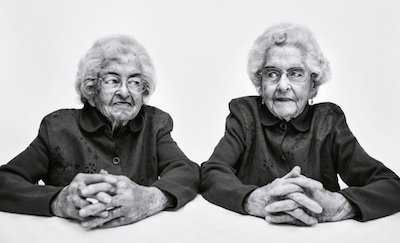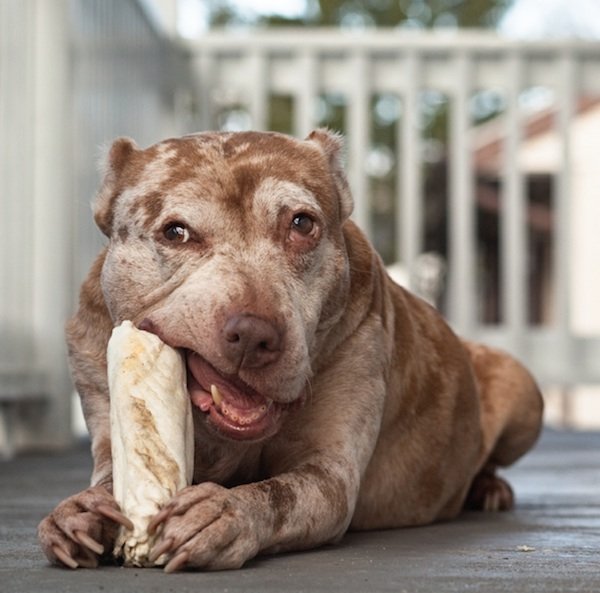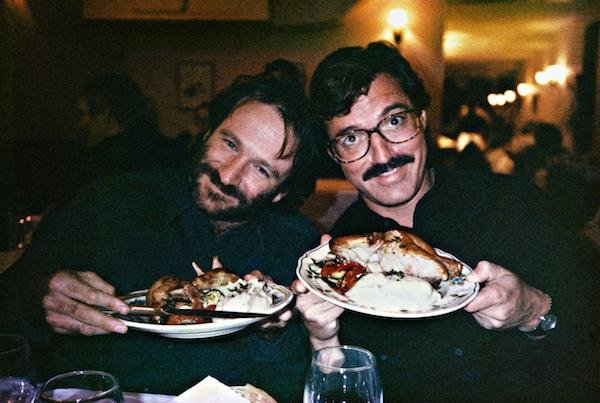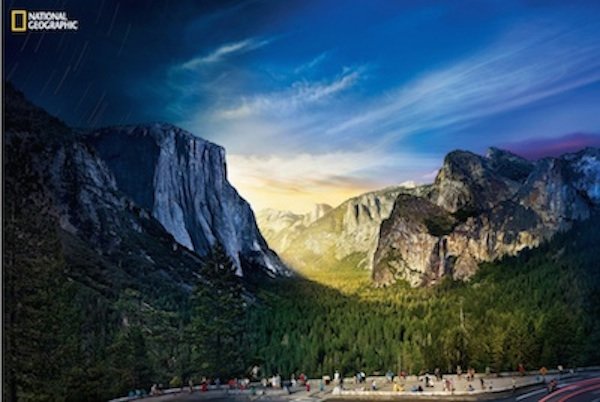Photographer Profile - Who We Talked To in 2016

|
|
|
First a few words about these texts: We call them profiles, but they’re closer to interviews with some added context. We could have called them "portraits," but that sounds a bit highfalutin. Maybe snapshots would be a better word. The aim is to explain how photographers make their pictures, focusing more on the inspiration and creative process behind images than technique and exposure information.
At any rate, we’ve had the chance to talk to many talented, dedicated, funny, warm, and courageous photographers over the year — when we finally nail down a time to talk with them. Photographers are seemingly always on the move, and we feel luck when we can squeeze 30 minutes or so out of their schedules.
The timing of our chats can determine what we end up learning. Through September and October, for instance, we’d been thinking of talking with photographer Matt Eich about his book Carry Me Ohio, a look at a forgotten corner of the state that he’d been working on for a decade. We finally connected the day after Donald Trump was elected president with the backing of angry Americans like those Eich had been photographing. The election reframed his project.

Photojournalist
Andrew Kaufman also spent a decade documenting a big news
story that not many people in the US paid attention to: the expansion of the Panama Canal. Meanwhile, Vancouver-based fine-art photographer Dina Goldstein was releasing her latest series satirizing modern
society. Satire, we learned, is tricky work, but perhaps more necessarily now than ever.
LA celebrity photographer Robert Trachtenberg told us about how he defines what a red-blooded American male look (and acts) like. Photographer Daniel Kramer, the son legendary Green Bay Packer Jerry Kramer, told us about covering the Pack during the team's comeback championship season in 1996.

Paul Mobley told us about what he learned about life by
shooting people who’d lived to be 100. Michael DeFilippo
marked the 60th anniversary of the US Interstate Highway System by showing how freeways had carved up St. Louis. Daymon Gardner told us about how he built a professional
photography career in New Orleans after Hurricane Katrina.
LA-based photographer Rocky Schenck told us about his dreams and shared his preference for dirty martinis. Nancy Baron told us about the dreamy vibe of Palm Springs, California. Marc Yankus describes how (and why) he built his own dream city in Manhattan.
Arthur Grace recalled the first and last times he saw his good friend Robin Williams. Nick Laham talked about the last time he saw Derek Jeter in Yankee Stadium. David Godlis remembered when CBGB ruled the punk scene — and the nighttime — in New York.

Arthur Drooker,
who has been photographing conventions of different groups across the country, told us about the world of Bronies — young men who identify with the children’s TV series My Little
Pony. Brian Finke told us how to grill the perfect
ribeye steak and why nothing is better than reality.
Chicagoland photographer Andy Goodwin told us why he took time away from his commercial work to shoot a documentary about prison inmates who’d been exonerated. Michael Turek explained why he, like a growing number of photographers, switched from digital to film.
We talked to Nancy LeVine about old dogs and Chester Higgins about leaves that fall in Harlem in the fall.
Paula Bronstein told us the truth about the US’s Operation Enduring Freedom in Afghanistan. Mary Calvert told us about the issue of sexual abuse in the US military.

We discussed climate change with Wichita, Kansas-based weather photographer Jim Reed. And we talked with wildlife photographer Nick Brandt about the end of nature in Africa. That was back in June. Brandt, who is English, was a little angry at politicians and worried about the possibility of Donald Trump becoming America’s president. We assured him something like that could never happen.
Jonathan Torgovnic told us about how he discovered abandoned buildings in Johannesburg, South Africa, that were filled with refugee squatters. Peter Bauza told us about photographing an abandoned building in Rio de Janeiro that also was filled with squatters.
Fine-art photographer Martine Fougeron explained why she moved from Manhatten to the Bronx. Commercial and editorial photographer Stephanie Diani explained why she moved from LA to Manhattan. Celebrity photographer Emily Shur explained why she moved from New York to LA.

Boston-based commercial photographer Lou Jones wrote us one the prose-poems he’s become known for. Jaime Permuth told us what he discovered in Cuba just before President Obama began restoring diplomatic relations with the county. Ernesto Bazan told us about the life he found and left in Cuba. Macduff Everton told us how Mexico’s Yucatan shaped his life.
Famed rock photographer Lynn Goldsmith told us about the time she advised a record producer not to sign a new band called U2. Documentary photographer Ken Light recalled the riotous 1960s on American college campuses. Seth Casteel told us how to photograph playful dogs, and Stephen Wilkes told us how he played with the concept of time when he photographed national parks for National Geographic.

Those are not all the photographers we talked to in 2016. Over the past year we’ve written
about 73,000 words for our weekly photographer profiles. Thanks for reading them, and thanks to all the photographers who gave us their time this year and told us their stories.
_____________________________________________________________________
From top to bottom: By Paul Mobley; Nancy LeVine; Jim Reed; Arthur Drooker; Paula Bronstein; Arthur Grace; and Stephen
Wilkes


